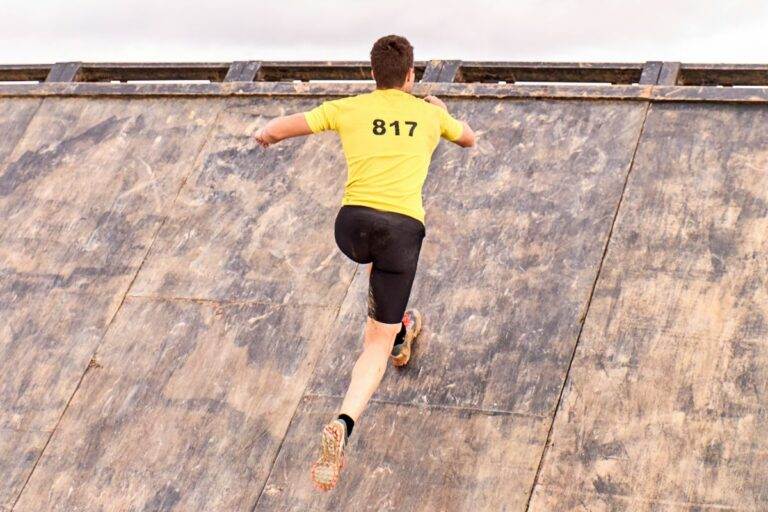Paris 2024 Marathon: A Historic and Challenging Route

The marathon at the Paris 2024 Olympics is set to be extraordinary, offering a route unlike any in Olympic history.
This course is not designed for world record attempts, as it is far from flat. Instead, runners will face a challenging six-kilometer uphill stretch right in the middle of the race.
The marathon starts at the Hôtel de Ville, the historic Paris City Hall. The first 10 kilometers wind through the heart of the city, running alongside the Seine River.
Along the way, runners will pass iconic landmarks such as the Palais Garnier opera house and the Louvre Museum.
Challenging Elevation Changes and Twists and Turns
The Paris 2024 route spans the classic marathon distance of 42.195 kilometers (26.2 miles). Its demanding elevation changes make it unique for the Olympic games.
The course includes a total ascent of 436 meters and a descent of 438 meters, making it one of the most challenging in recent Olympic history.
The first significant challenge is around the 14-kilometer mark, where runners begin a grueling six-kilometer climb. This section could see the pack spread out, with stronger runners potentially breaking away or others getting caught in tight groups.
On this route, physical fitness and race strategy will be crucial. As with all marathons, a high aerobic capacity and a lightweight build are advantages, but they are even more critical here.
From Historic Landmarks to Steep Climbs, This Marathon Is Set to Challenge Even the Best
The second marathon segment is particularly tough, with more than 20 kilometers of uphill running.
After this, the runners will turn back towards the center of Paris from the Gardens of Versailles, facing another steep challenge around the 27-kilometer mark.

The final stretch of the marathon starts with a demanding downhill section.
Runners will return to the city along the Seine, heading towards the finish line.
This long descent can be especially hard on the legs. As the impact forces on the legs increase during downhill running, it could very well decide the outcome of the race.
Before reaching the Seine again, runners will face one last hill, which might be the decisive point of the race.
The last part of the race follows the eastern bank of the Seine, heading towards the Eiffel Tower.

This section is expected to draw large crowds, with spectators lining the route to cheer on the runners.
The marathon concludes at the Esplanade des Invalides, a large, well-known public square in Paris.
This area will be bustling during the Olympics, not just with marathon events but also with archery, para-athletics, and road cycling competitions.
How the Paris 2024 Marathon Blends Athletic Endurance With French History
The Paris Olympic marathon is designed not just for the athletes but also for television viewers. The route takes spectators on a journey through French history.
It mirrors the route taken during the Women’s March on Versailles in 1789, a key event in the French Revolution that led to the fall of the monarchy and the adoption of the Declaration of the Rights of Man and of the Citizen.
In a fitting tribute, the women’s marathon at the Paris Olympics will be the final event of the Games, honoring the legacy of the women who marched to Versailles over two centuries ago.
A Hot and Demanding Race
The Paris Olympic marathons are scheduled for August 10–11, a time when the summer heat is at its peak in Paris.
Temperatures could climb close to 30 degrees Celsius (86 degrees Fahrenheit). While there might be some relief from breezes along the Seine and occasional shade from tall buildings, the heat will still be a significant factor.
However, it’s not expected to reach the extreme levels seen in places like Doha or Tokyo during their respective marathons.
The race will also be challenging for the support teams, as the route is not a loop but a single circuit through the city.
This means the focus will be on keeping the runners cool throughout the race. Strategies include pre-race ice vests and providing ice packs or cold towels at refreshment stations, which runners can place on their heads, in their hands, or inside their tops.
The Bottom Line
Paris hosted the Summer Olympics in 1900 and 1924. The marathon at the 1924 Paris Olympics was won by Finnish long-distance runner Albin Stenroos, who ran 2:41:22.6, beating Italian Romeo Bertini by six minutes.
The Paris 2024 Olympic marathon promises to be a demanding and historic race, blending athletic challenges with celebrating French heritage.






